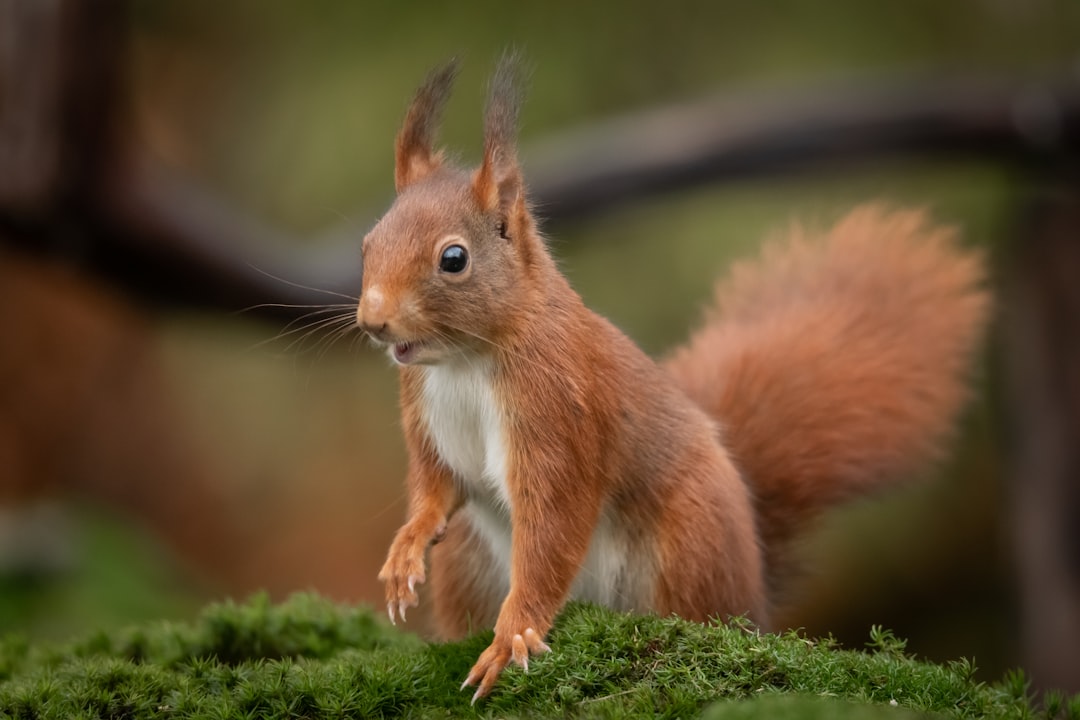What is it about?
A major issue for mass rearing of insects concerns sanitary conditions and disease. Microsporidian infection (Nosema sp.) in laboratory colonies of Diatraea saccharalis (Fabr.) (Lepidoptera: Crambidae), used in producing the parasitoid, Cotesia flavipes Cameron (Hymenoptera: Braconidae), is representative of the problems faced by growers and industry. Although C. flavipes has been produced for several years in Brazil for biological control of D. saccharalis, we have only recently observed that the parasitoid becomes infected when developing inside hosts infected with Nosema sp. We assessed the effects of Nosema sp. on C. flavipes, including the ability to locate and select hosts, and evaluated pathogen transmission. Third instar larvae of D. saccharalis were inoculated with Nosema sp. spores at different concentrations and were parasitized when larvae reached fifth instar. Heavily infected D. saccharalis larvae did not support parasitism. Parasitoids that developed in infected D. saccharalis larvae exhibited increased duration of larval and pupal stages, decreased adult longevity and number of offspring, and reduced tibia size compared to parasitoids developing in uninfected D. saccharalis larvae. Infection by Nosema sp. reduced the ability of the C. flavipes parasitoid to distinguish between volatiles released by the sugarcane infested by healthy larvae and pure air. Uninfected parasitoids preferred plants infested with uninfected hosts. But infected C. flavipes did not differentiate between uninfected hosts and those infected with Nosema sp. The pathogen is transmitted from host to parasitoids and parasitoids to hosts. Pathogenic effects of the microsporidium in C. flavipes are sufficiently severe to justify disease management efforts, particularly considering the importance of C. flavipes as a biological control agent in sugarcane.
Featured Image
Read the Original
This page is a summary of: Biological and behavioral parameters of the parasitoid Cotesia flavipes (Hymenoptera: Braconidae) are altered by the pathogen Nosema sp. (Microsporidia: Nosematidae), Biological Control, November 2012, Elsevier,
DOI: 10.1016/j.biocontrol.2012.06.012.
You can read the full text:
Contributors
The following have contributed to this page










